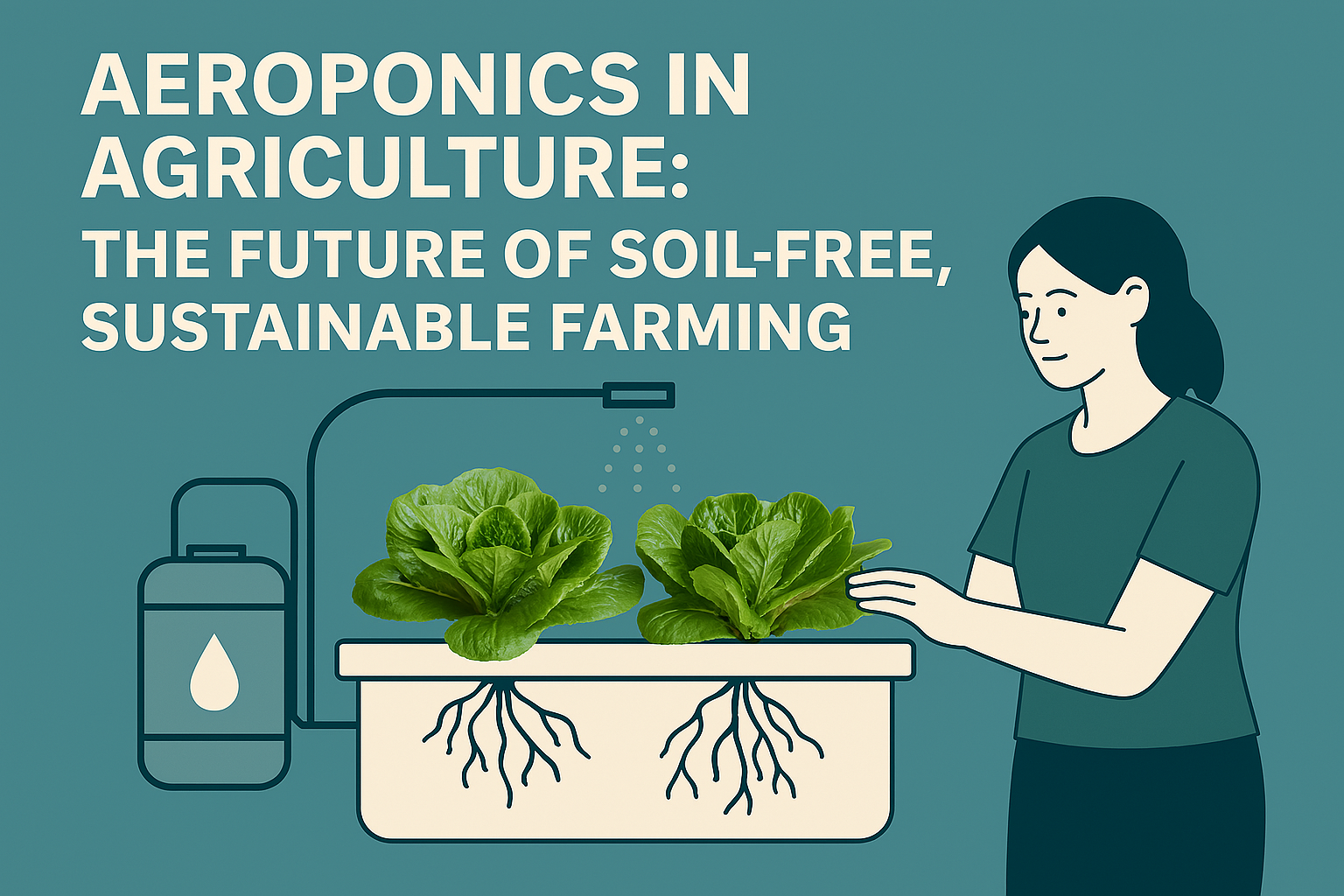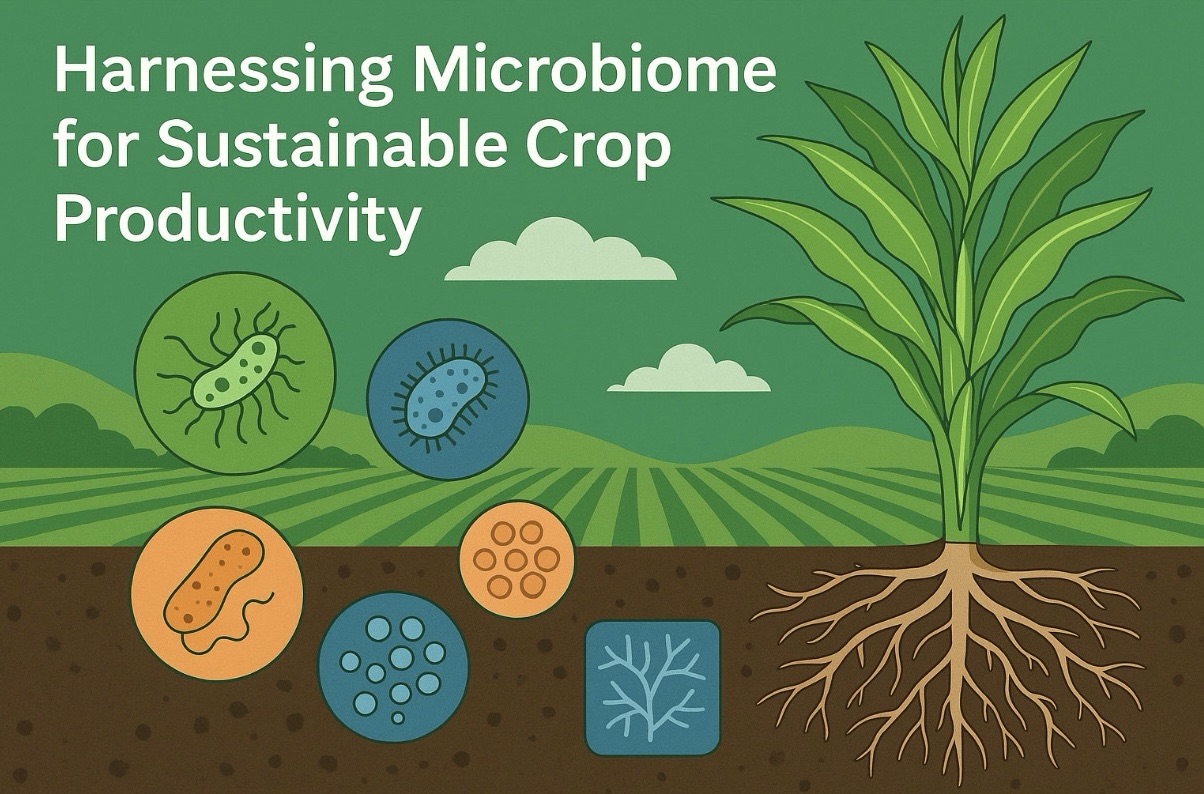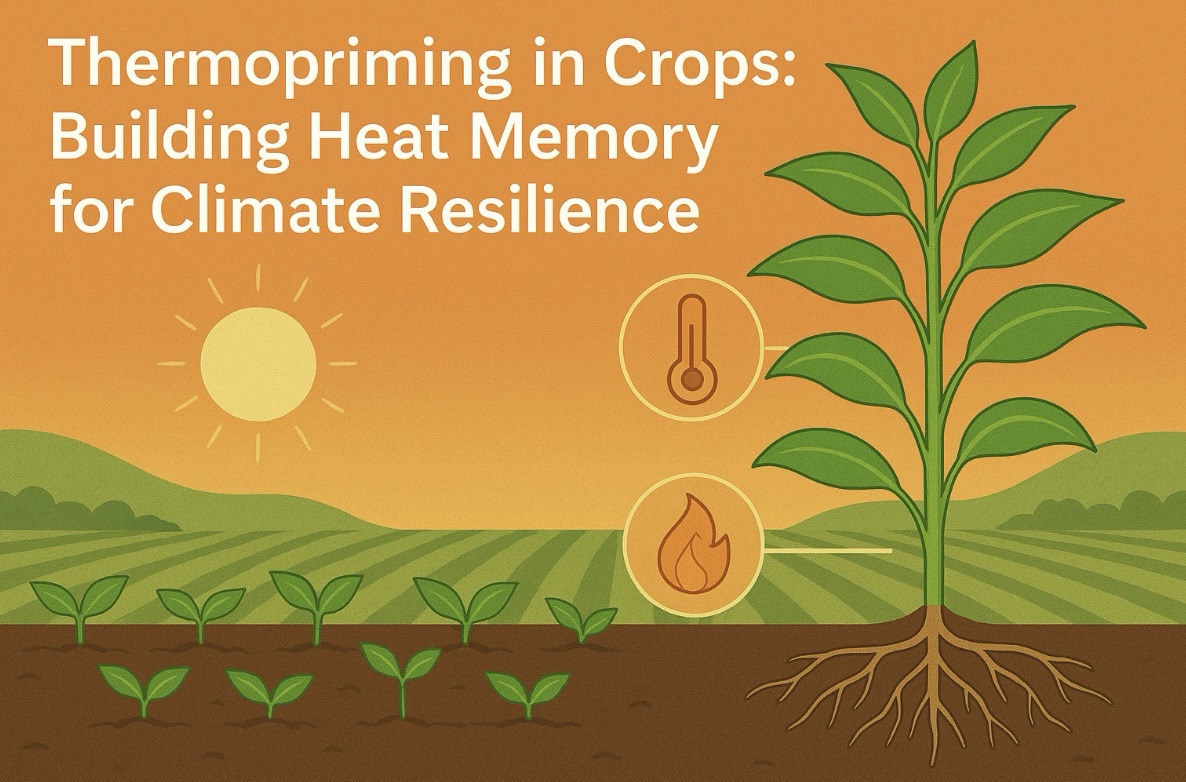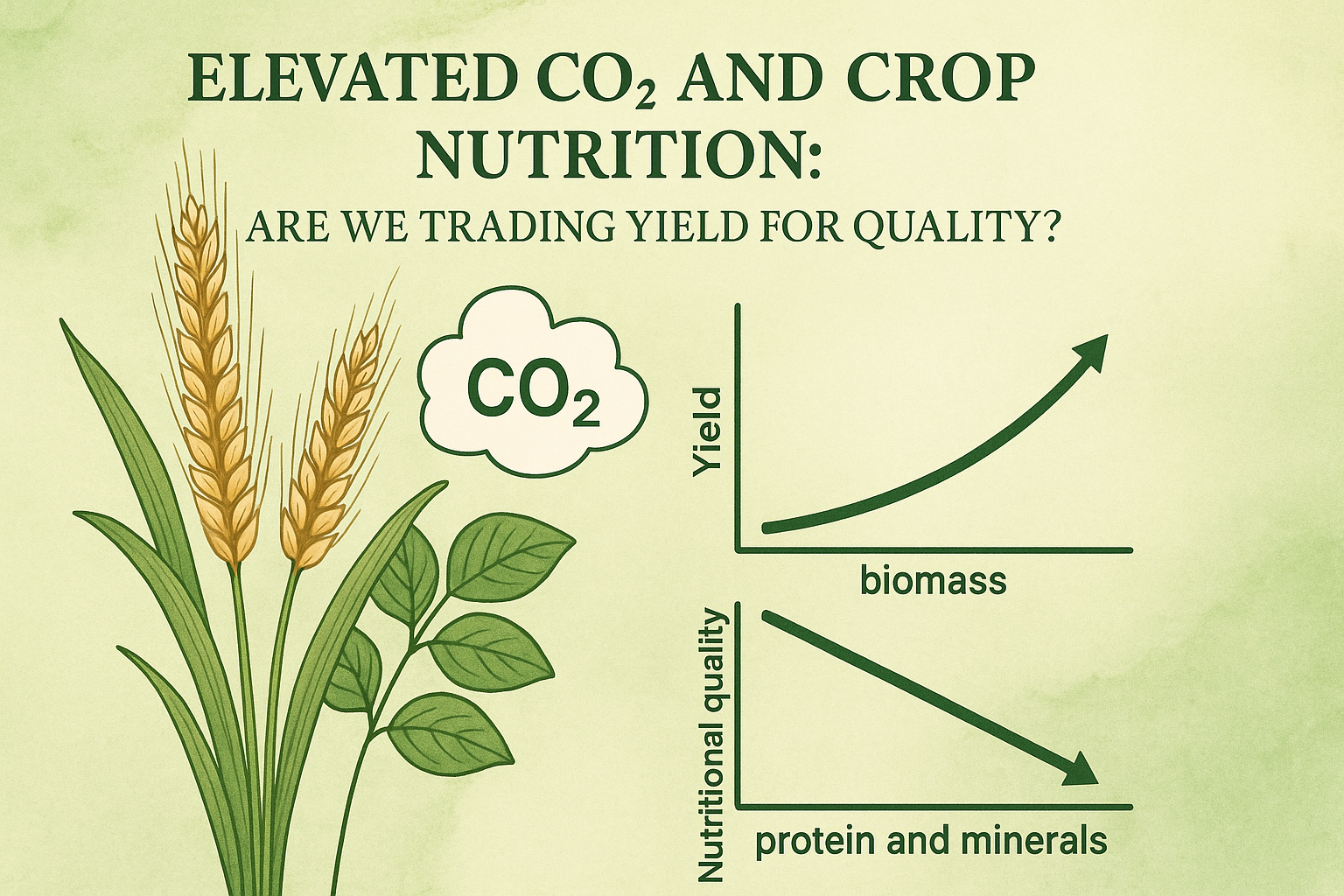In today’s rapidly changing world, agriculture is facing some of its toughest challenges yet. Climate change, limited arable land, water scarcity, and a growing global population are pushing us to rethink how we grow food. Traditional farming methods, though time-tested, are no longer sustainable on their own.
Enter aeroponics—a futuristic, soil-free farming technique that’s revolutionizing agriculture. Once just a concept in research labs and NASA’s experimental missions, aeroponics is now at the forefront of sustainable, high-efficiency food production.
But what exactly is aeroponics? And why is it such a big deal for the future of farming?
Let’s take a deep dive into the world of air-grown crops.
What is Aeroponics?
Aeroponics is a cutting-edge method of growing plants without soil. Instead of placing roots in the ground or even in water (as in hydroponics), aeroponics suspends plant roots in the air and feeds them via a fine mist of nutrient-rich water.
This mist delivers water, minerals, and essential nutrients directly to the exposed roots, while the surrounding air provides ample oxygen—something roots crave. It’s a system that mimics nature but adds precision and efficiency.
Originally developed in the mid-20th century for scientific research and later championed by NASA for growing plants in space, aeroponics has since evolved into a viable solution for sustainable agriculture here on Earth.
How Does Aeroponics Work?
A basic aeroponic system consists of a few key components:
• Growth chambers or towers that support the plants and suspend their roots.
• A high-pressure misting system that sprays a fine, nutrient-rich solution directly onto the roots.
• A reservoir that holds and recycles the nutrient solution.
• Sensors, timers, and environmental controls that automate misting and maintain optimal temperature, humidity, and lighting.
These systems are typically enclosed, meaning they are protected from pests, harsh weather, and contaminants. The environment is tightly controlled, which enables plants to grow faster, healthier, and more consistently than in outdoor fields.

The Top Benefits of Aeroponics in Agriculture
1. Ultra-Efficient Water Use
In aeroponics, water use is reduced by up to 95% compared to soil farming. The misting system applies moisture directly to the roots with minimal waste, and excess water is collected and recycled. This makes aeroponics an ideal farming solution in drought-prone or water-scarce regions.
2. Faster Growth, Higher Yields
Because roots are exposed to both oxygen and nutrients in their most accessible forms, plant growth accelerates. Studies and real-world applications show that aeroponic systems can increase growth rates by 30–60%, with greater yield per square foot than soil-grown crops.
This means more food can be produced in less time and in smaller spaces.
3. No Soil, No Soil Problems
Without soil, aeroponics eliminates many issues farmers regularly face:
• No weeds
• No soil-borne diseases
• No need for tilling, fertilizers, or pesticides
It’s a cleaner, more hygienic way to grow crops—perfect for urban agriculture, where space and cleanliness are top priorities.
4. Vertical Farming Compatible
Aeroponics is perfectly suited for vertical farming systems, where plants grow in stacked layers. This vertical approach allows for maximum yield in a minimum footprint, which is ideal for cities and urban centers where space is at a premium.
Imagine a 10-story building growing lettuce, kale, and herbs year-round in the heart of the city—that’s the aeroponic dream.
5. Year-Round Food Production
Controlled-environment agriculture (CEA) makes it possible to grow crops regardless of the season or climate. Aeroponics can operate 24/7, 365 days a year, ensuring a continuous food supply unaffected by droughts, floods, or frosts.
This stability is crucial as we face increasing climate volatility.
Where Is Aeroponics Being Used Today?
Urban Indoor Farms
Cities like New York, Dubai, and Tokyo are embracing vertical farms powered by aeroponics to produce fresh greens and herbs right where they’re consumed. This cuts down transportation costs and lowers the carbon footprint of food.
Space Exploration
NASA has invested heavily in aeroponic systems to explore food production for long-duration space missions. When soil and gravity are unavailable, aeroponics steps in.
Commercial Greenhouses
Commercial growers are now using aeroponics for high-value crops such as basil, spinach, strawberries, and arugula. These crops thrive in controlled environments and can be harvested more frequently.
Challenges of Aeroponic Farming
No technology is perfect, and aeroponics has its challenges:
• High Initial Costs: Setup can be expensive due to advanced equipment and automation.
• Technical Expertise Needed: Farmers need training in nutrient management, system maintenance, and climate control.
• Energy Dependence: Lighting, pumps, and controls require consistent power. However, solar integration and energy-efficient LED systems are helping offset this.
• Crop Limitations: While leafy greens thrive, growing larger fruiting plants or deep-root vegetables is more complex and still under development.
Despite these obstacles, the long-term savings and efficiency of aeroponics make it a worthwhile investment for many.
The Future of Aeroponics in Global Agriculture
The next decade is likely to see exponential growth in aeroponic farming, especially as the technology becomes more affordable and widespread.
Here’s what’s on the horizon:
• Smart Farms: AI-driven nutrient delivery, environmental monitoring, and yield prediction.
• Modular Home Systems: Compact aeroponic units for home or community gardens.
• Integration with Renewable Energy: Solar and wind-powered farms for off-grid food production.
• Government and NGO Support: More public-private partnerships focused on food security and sustainable tech.
Aeroponics isn’t just an alternative—it’s becoming a critical component of a resilient and sustainable global food system.
Final Thoughts: Why Aeroponics Matters Now More Than Ever
As we face a future shaped by climate change, population growth, and strained natural resources, aeroponics offers a smarter, cleaner, and more efficient way to grow food. It aligns with the values of sustainability, local production, and technological innovation.
Whether it’s feeding urban populations, supporting space missions, or empowering communities in harsh climates, aeroponics is poised to play a defining role in the future of farming.
The technology may seem futuristic, but it’s already here—and it’s growing fast.
So the next time you enjoy a crisp, fresh salad grown in the heart of your city, there’s a good chance those greens never touched soil—and that’s a good thing.
Have thoughts or questions about aeroponics? Want to explore how to start your own soil-free garden? Leave a comment below or reach out—I’d love to hear from you!
References
Food and Agriculture Organization of the United Nations. (2017). The future of food and agriculture: Trends and challenges. https://www.fao.org
National Aeronautics and Space Administration. (n.d.). Plant growth in space – Aeroponics and hydroponics research. https://www.nasa.gov
Resh, H. M. (2012). Hydroponic food production: A definitive guidebook for the advanced home gardener and the commercial hydroponic grower (7th ed.). CRC Press.
ScienceDirect. (n.d.). Comparative analysis of aeroponic and hydroponic lettuce growth under controlled conditions. ScienceDirect. https://www.sciencedirect.com
United Nations Environment Programme. (2021). Innovations in agriculture for a sustainable future. https://www.unep.org
U.S. Department of Agriculture, Agricultural Research Service. (n.d.). Sustainable growing systems: Aeroponic applications. https://www.ars.usda.gov
Vertical Farm Institute. (n.d.). What is aeroponics? https://www.verticalfarminstitute.org










